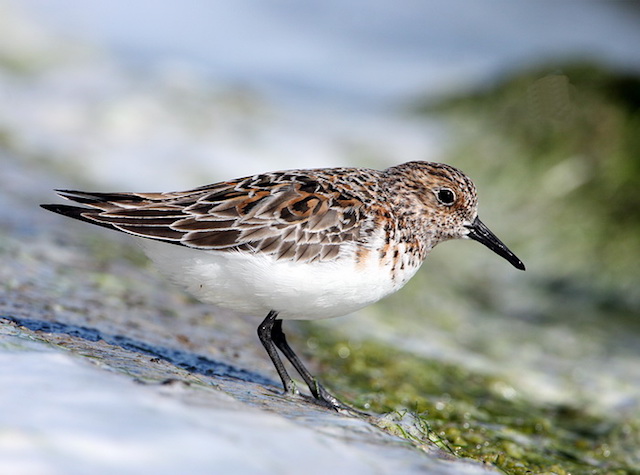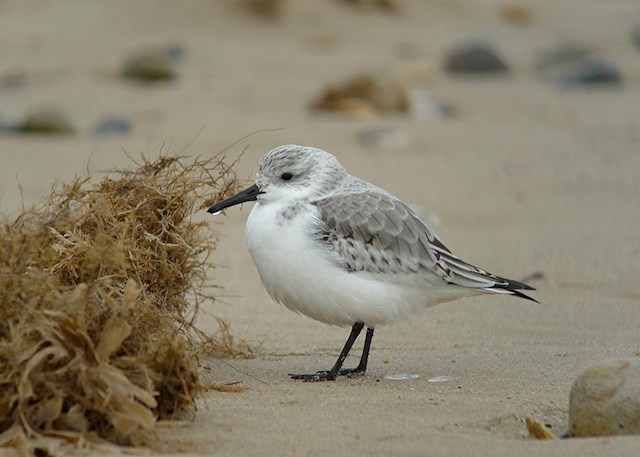Sanderling Calidris alba


The Wash is Britain’s number one internationally important site for Sanderling. The Humber comes in at number 17. WeBS data reports show that the rolling 5-year mean counts to 2018-19 were 9,052 on The Wash and 509 on the Humber. For the five years to 2013-14 these figures were 3,916 and 632 respectively, indicating the local population has increased, though many of these birds are passing through rather than wintering. Overall the long-term trend shows the UK population up 36%. The open sandy beaches from Skegness to Mablethorpe are poorly monitored by WeBS and likely hold several hundred more wintering birds. LBR reports peak counts over the five years to 2018 from the following sites: on The Wash 10,121 at Gibraltar Point August 2018 and on the Humber 450 at Saltfleetby-Theddlethorpe NNR in May 2017. There have been numerous ringing recoveries and sightings of colour ringed birds showing passage birds are en route from high Arctic breeding grounds to winter quarters in Mauritania and Ghana.
(Account as per new Birds of Lincolnshire (2021), included September 2022)
